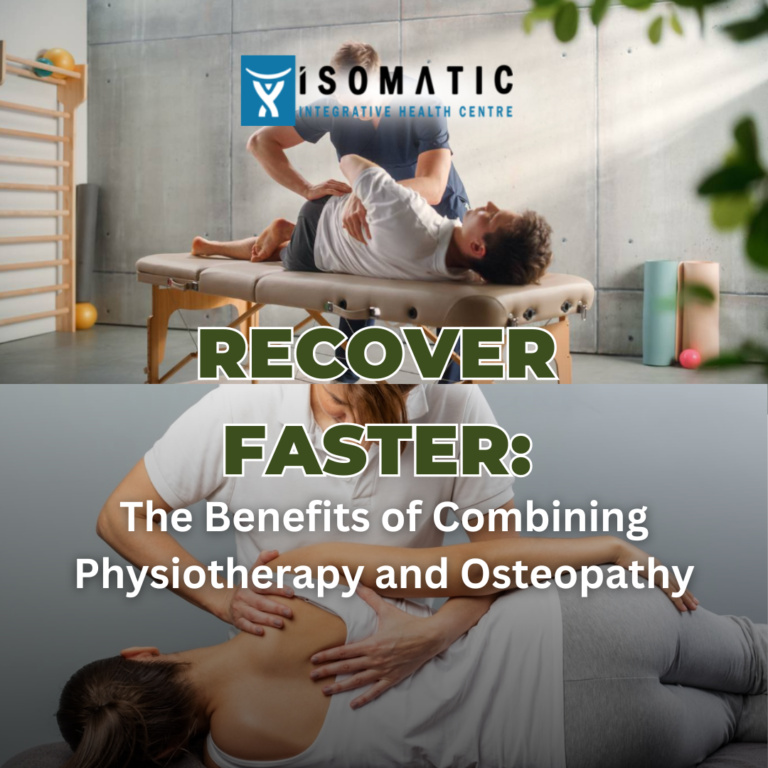Recovering from injury or managing chronic pain doesn’t have to be a solo journey. By embracing the combined power of physiotherapy and osteopathy, you tap into a more comprehensive, evidence-informed approach to healing. The goal isn’t just symptom relief—it’s empowering your body to function at its best.
From enhanced mobility and pain reduction to long-term prevention, this powerful partnership offers real, lasting benefits. So, the next time you’re weighing your recovery options, remember: sometimes, two heads (or therapies) are better than one.




